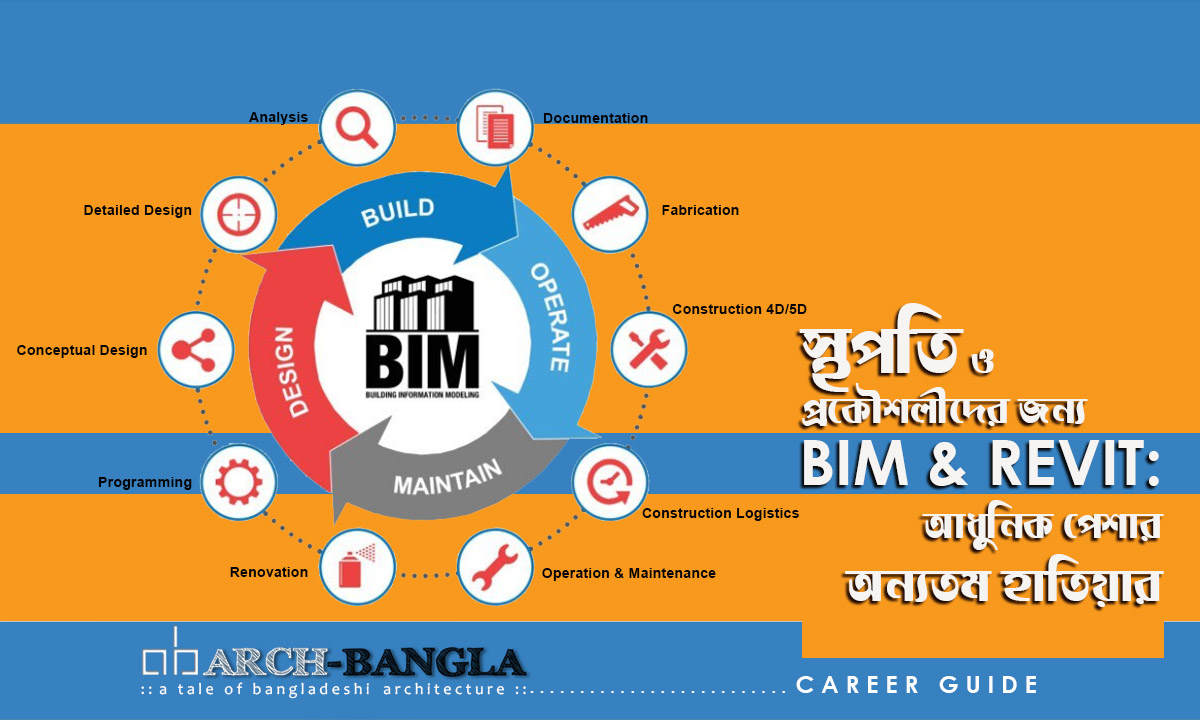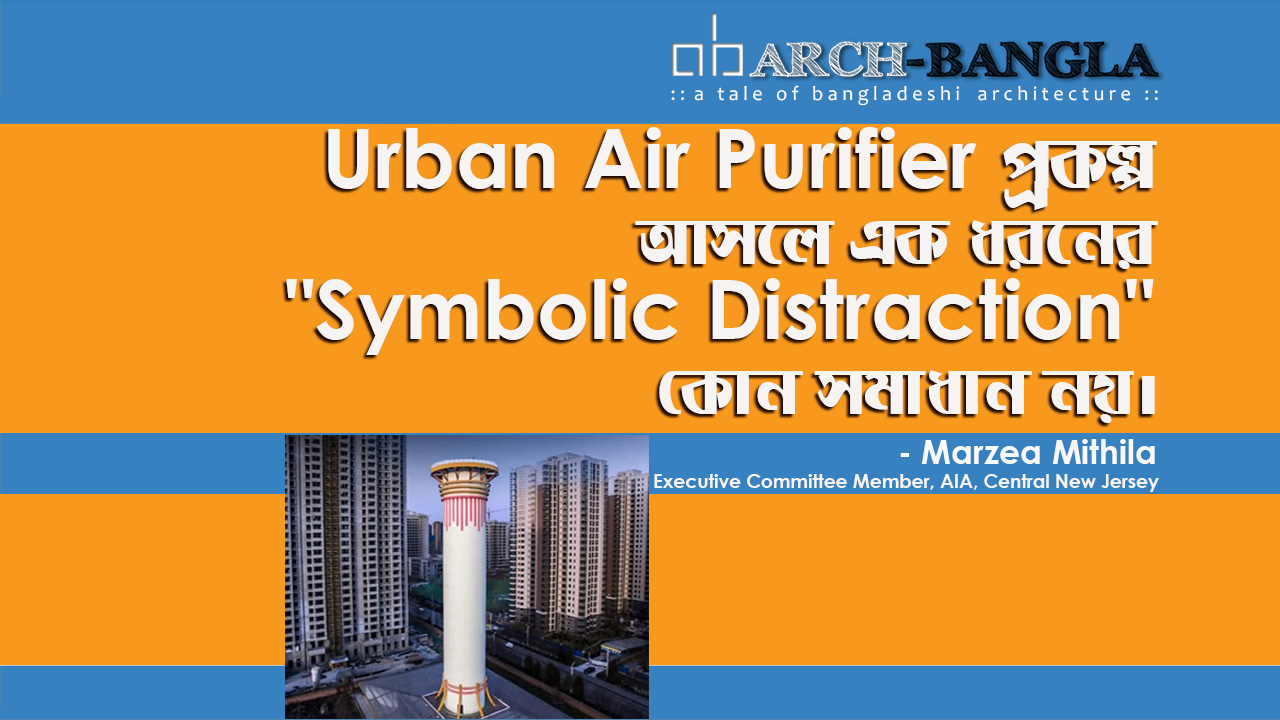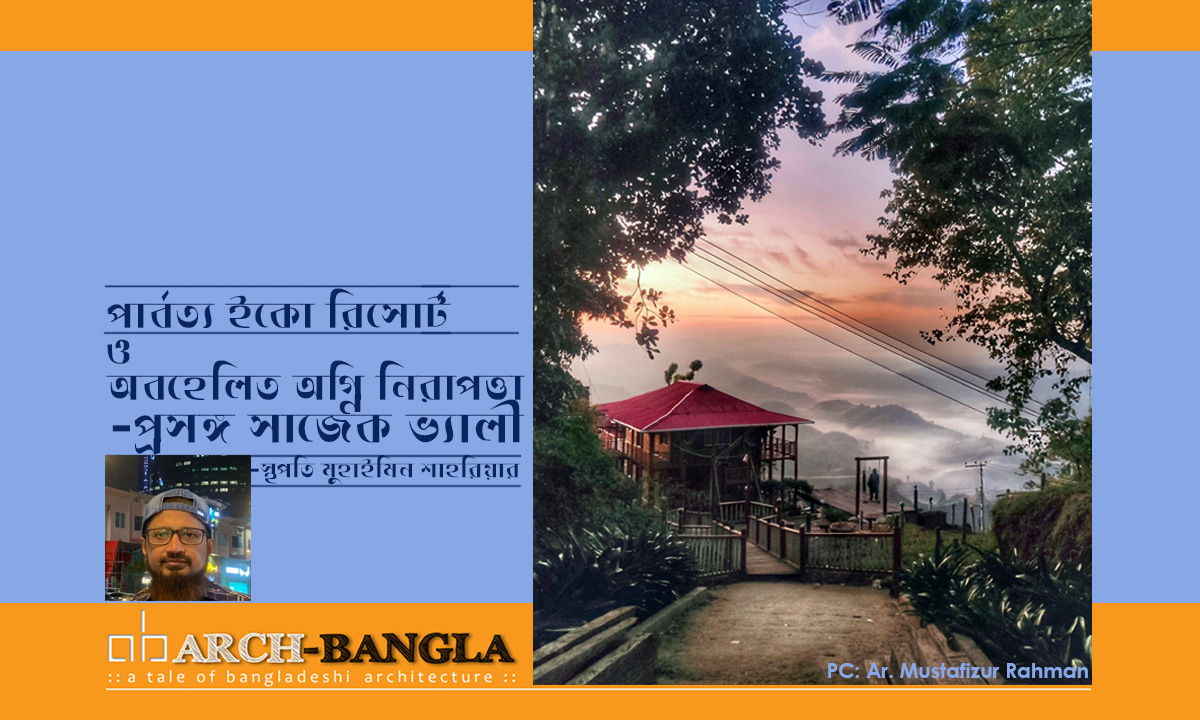New Contextualism: A Path to Sustainable & Equitable Future
New Contextualism: A Path to Sustainable & Equitable Future
Author: Dr. Mohammad Habib Reza, Associate Professor, Department of Architecture, BRAC University
Author Bio: Dr. Mohammad Habib Reza is an Architect, Architectural Historian, and Heritage Management Expert. He is an Associate Professor of Architecture at BRAC University and a Founding Member of the ARCHIAM Centre at the University of Liverpool, this essay summarizes his forthcoming article on New Contextualism, which will be published in an upcoming book dedicated to this architectural philosophy.
New Contextualism ; A Path to a Sustainable and Equitable Future : Architecture is similar to music. Both Architecture and Music are art forms deeply rooted in scientific principles. But within this enigmatic Interplay subtle yet trans-formative fusion of disciplines occurs. While music orchestrates melodic enchantment mathematically through the alchemy of notes, architecture embodies the realm where science converges with artistry.
New Contextualism is a forward-thinking philosophy that advocates for creating built environments informed by accurate predictions of the future, deeply rooted in the past and encompassing a holistic understanding of the context.
Amidst this convergence one can observe the profound influence of philosophical ideologies in architecture, much like the philosophical underpinnings in other artistic domains, It is a world where every school of thought coexists, where diversity of ideas and perspectives flourish in a vibrant ecosystem.

We are acutely aware that wherever there is ideology, there too resides the presence of divergence and distinct viewpoints. The union of architecture, science and philosophy fosters innovation and offers the potential for a just and equitable future. In this exploration, we embark on a journey to dissect the developing paradigm of “New Contextualism” in architecture and urban design. This vision paves the way for a technologically advanced and morally grounded future, New Contextualism is a forward-thinking philosophy that advocates for creating built environment informed by accurate predictions of the future, deeply rooted in the past and encompassing a holistic understanding of the context. This approach emphasizes equity and justice, promoting inclusive and diverse designs that benefit all community members.
It recognizes the need to create aesthetically pleasing designs that are adaptable to future need and challenges. It embraces the complexities of the future and welcomes the challenge of crafting designs based on insightful predictions of what is to come, Designers can better comprehend potential future scenarios through data analytics, scenario planning and expert insights. This enables then to conceive environments that resilient, adaptable and responsive to evolving needs.
New Contextualism
While innovative, New Contextualism is also grounded at the wisdom and experiences of the past. A deep understanding of history and its trends ensures designs are not created in isolation. This philosophy further stresses the importance of understanding the broader context of a project- its history, traditions, social dynamics environmental constrains.
This holistic approach guarantees designs that are sensitive to the unique character of each plan. By focusing on equity, New Contextualism ensures solutions that provide social benefits for all, not just for aesthetic enhancements. This philosophy centers on crafting inclusive designs that improve lives across the entire community.
As as architects and academic, I have devoted my career to developing and refining the principles of New Contextualism. I first tell the need for this approach during my tenure as an architect-planner for the Barisal City Corporation. In my early works in Barisal, especially area development projects like the Bibir Pukur region and the Multipurpose City Market, I sought to integrate designs with the surroundings. I considered the community’s future aspirations and strove to understand the neighborhoods. In these projects, I was acutely aware of the need to create built environments attuned to their con texts. I aimed to design spaces that drew on insightful predictions of the future while remaining grounded in the past. I wanted to craft inclusive, equitable urban designs that could adapt to the community’s evolving needs. These early experiences shaped my commitment to honing the tenets of New Contextualism.
My belief in the power of context driven design was further solidified during my doctoral study when I identified that context significantly impacted many successful architectures and urban designs. My research was on the early Buddhist architecture in Bengal where I studied ancient monasteries, marveling at how their layouts and details were intricately shaped by the local climate, materials, rituals and way of life. These structures exemplified a harmonious relationship between architecture and context. However, this harmonious relationship was disrupted during the colonial and post-colonial eras when modernist ideas swept the globe. Modernist architects, in their pursuit of universality, often disregarded the unique characteristics of local places, creating placeless, alienating structures. Unlike Universalist approaches, New Contextualism recognizes the value of identity within a broader context. Often dismissed as backwards or uncreative, Vernacular building traditions contain deep knowledge about sustainable construction and adaptation to local conditions. This does not mean blindly mimicking old architectural styles. Instead, it calls for intelligently reinterpreting the past to in- form new directions.
For example, ancient designs frequently employed transitional semi-open spaces around buildings to mitigate the hot, humid tropical climate. This concept can be reinterpreted in modern facilities through elements like sun-shading louvers, jalis and buffers. New Contextualism further suggests thinking creatively towards innovative solutions with a better understanding of developmental trends.
While New Contextualism aligns with the discourse on Contextualism and critical regionalism articulated by thinkers like Robert Venturi, Charles Jencks and Kenneth Frampton, it places greater emphasis on sustainability and community oriented design, as championed by Christopher Alexander, Jane Jacobs, Jan Gehl and Bjarke Ingels.
In New Contextualism, context takes on a broader meaning than is typically perceived. It starts from the space’s universal values, extends to regional ideas aligned with critical regionalism, and encompasses the immediate neighborhood and site boundaries. This approach examines a context’s past and developmental trends. By following these trends, it identifies future needs and aspirations to guide forward-thinking design.
For over a decade, New Contextualism has been cultivated at BRAC University, where it has been embraced by students and faculty alike. This inclusive philosophy has been refined and expanded, incorporating ideas from various disciplines, including anthropology, sociology and environmental science.
In my design studios, I encourage students to embrace New Contextualism through a tenfold overlapping study of the broader context. This includes analyzing the social, economic, political, historical, eco- logical, scientific, geographical, cultural, urban and architectural facets. Understanding these trends allows for an accurate projection of future aspirations, which often differs from general perceptions. Ultimately, this leads towards innovative and creative solutions.
I am pleased with our achievements in national and international arenas. I look forward to seeing the impacts of New Contextualism dotted across cities worldwide as students apply this philosophy in their future endeavors. We will continue to refine this approach and empower students to create context- conscious, equitable and forward- thinking built environments.
The primary focus in architecture and urban design must be designing for the future, not the present. To create compelling designs, we must comprehend the end goal. While the future cannot be predicted completely, studying the past and present enables informed predictions.
This is the best method for understanding what is to come and designing accordingly. As we move forward, New Contextualism offers a promising path toward a sustainable and equitable future. By embracing the unique traits of each place, we can create built environments that are aesthetically pleasing, environmentally sensitive and socially just.
More Article Regarding New Contextualism
#new_contextualism #post_modernism #modernism #contextual #mohammadhabibreza #NewContextualism
















4 thoughts on “New Contextualism: A Path to Sustainable & Equitable Future”
Comments are closed.